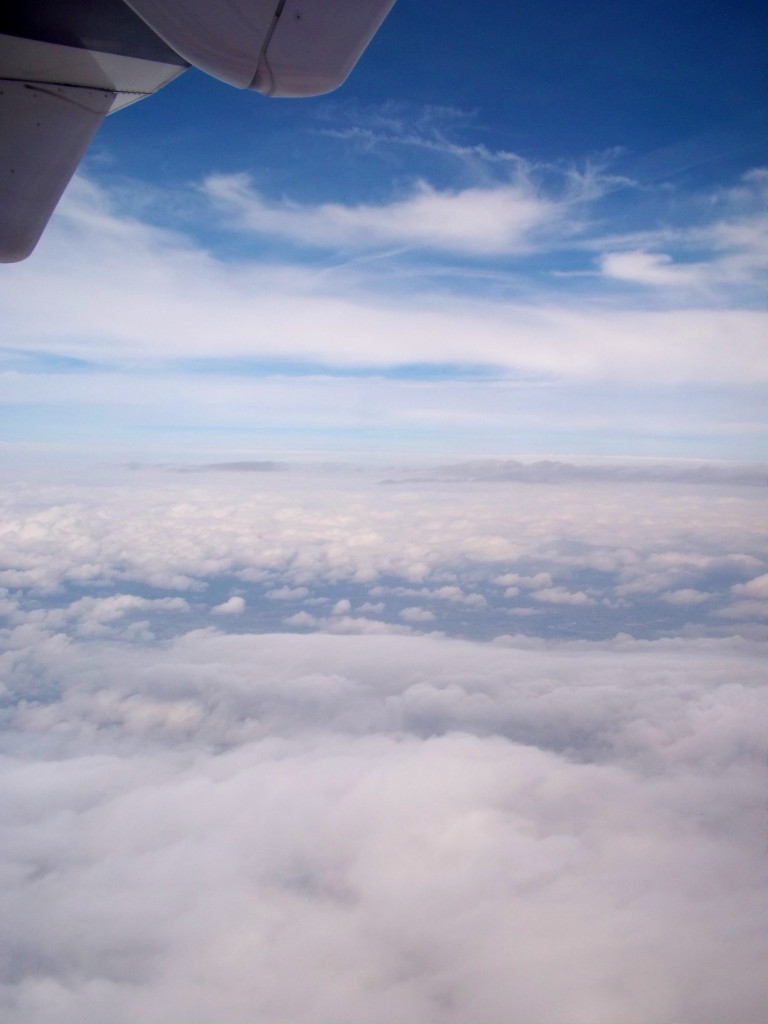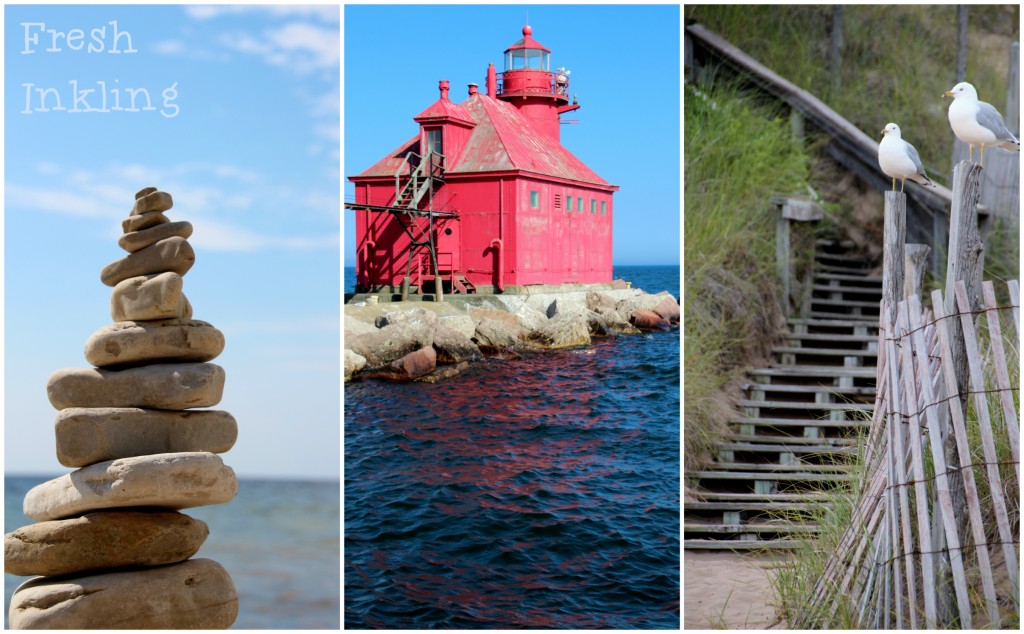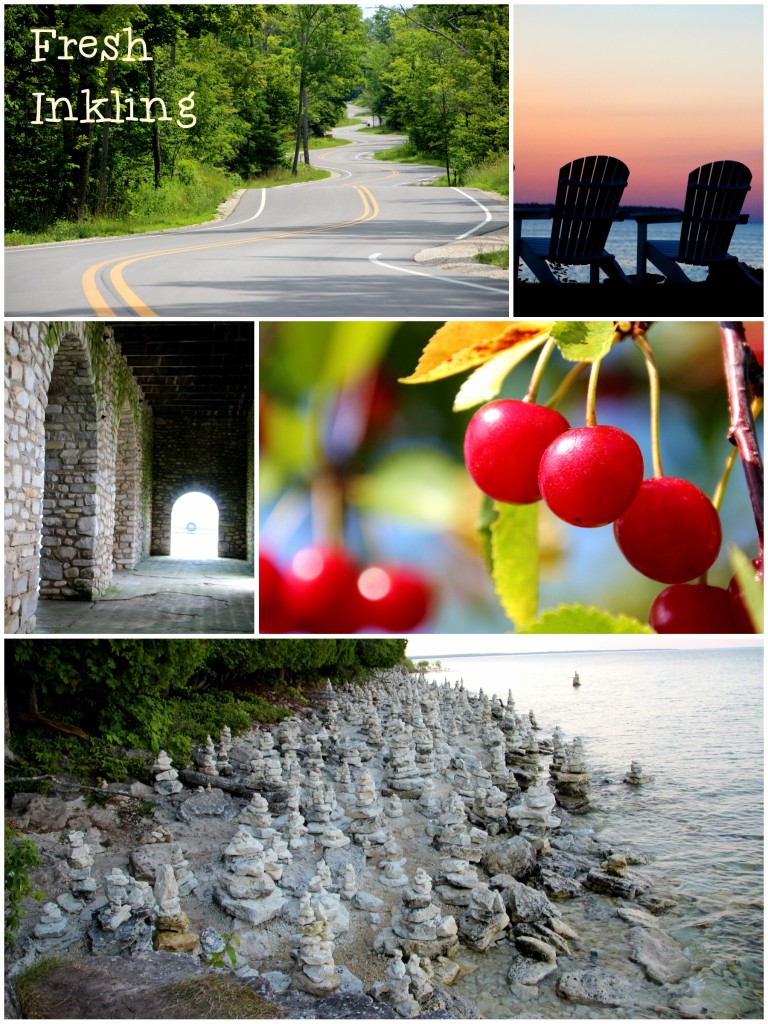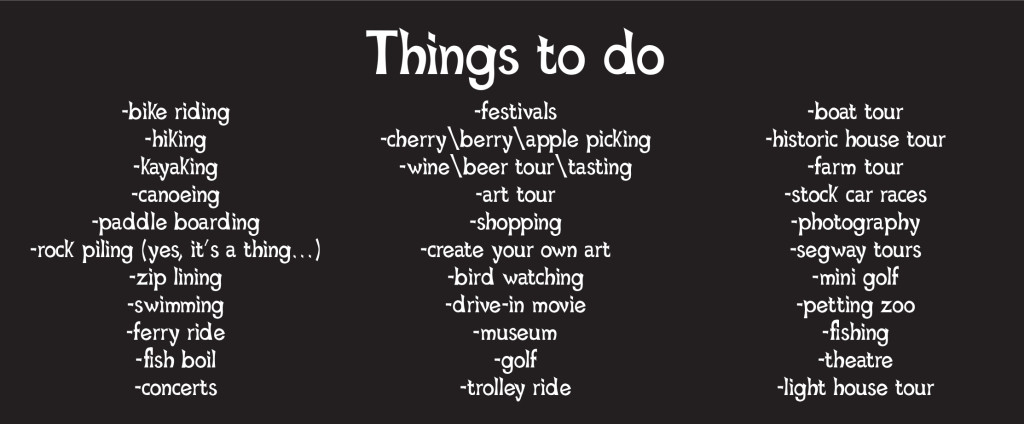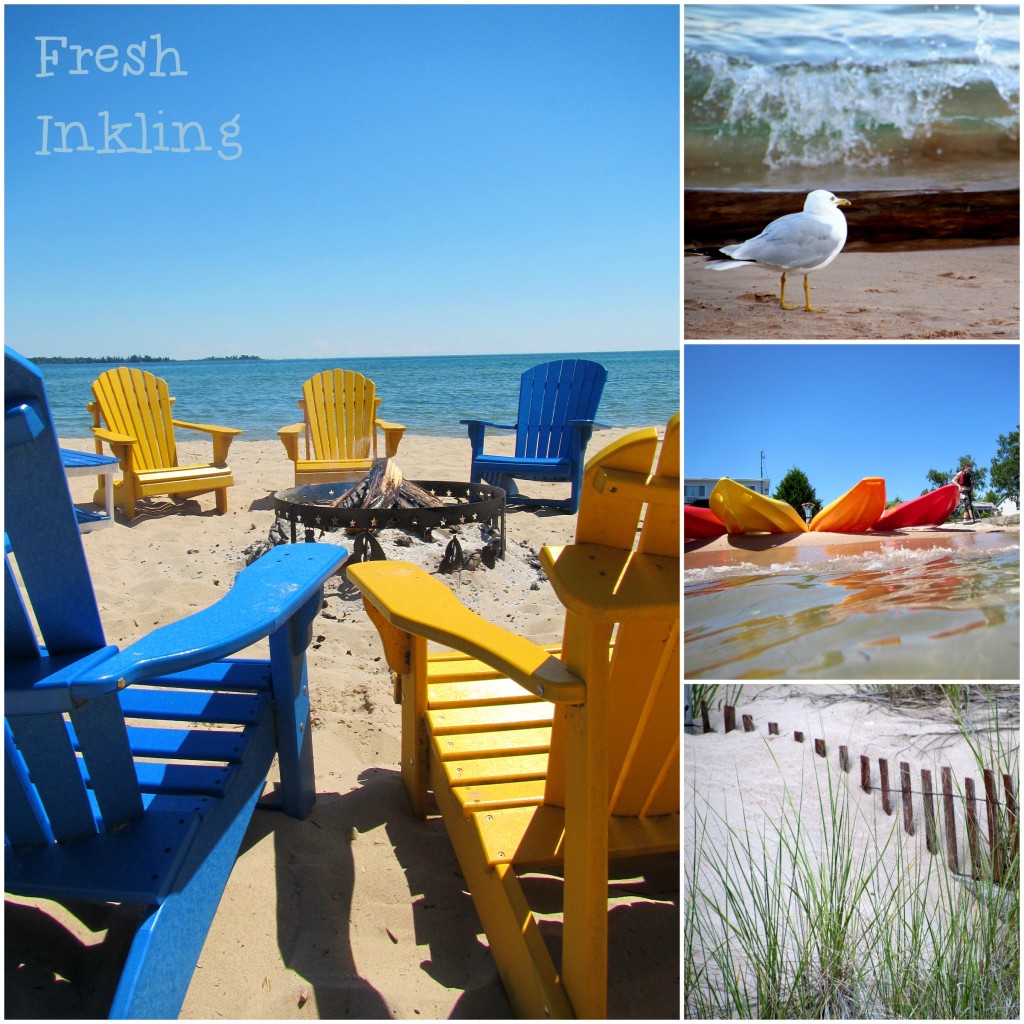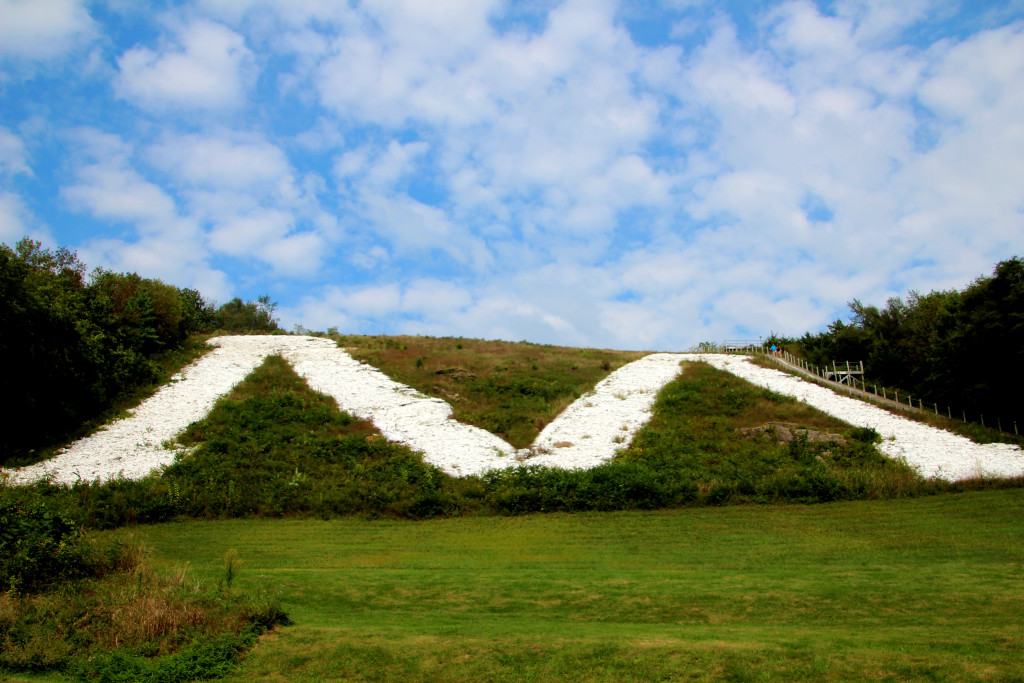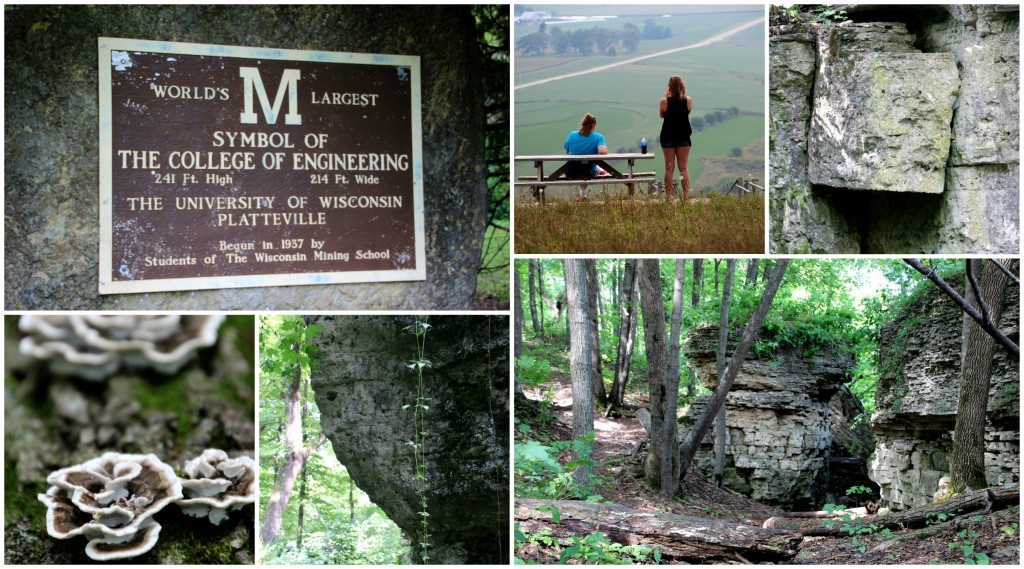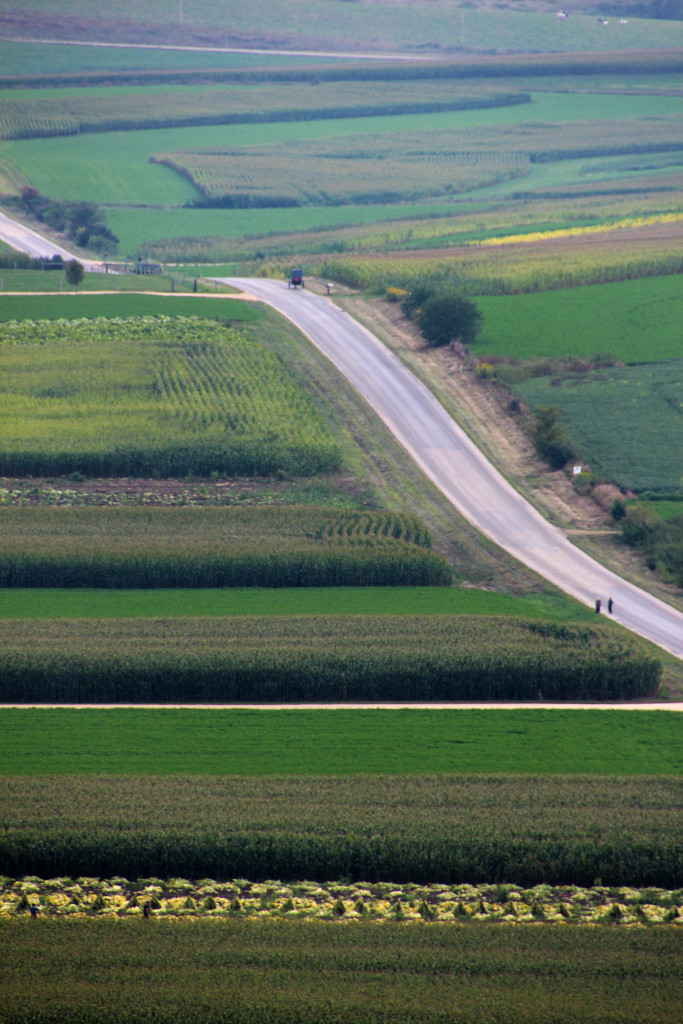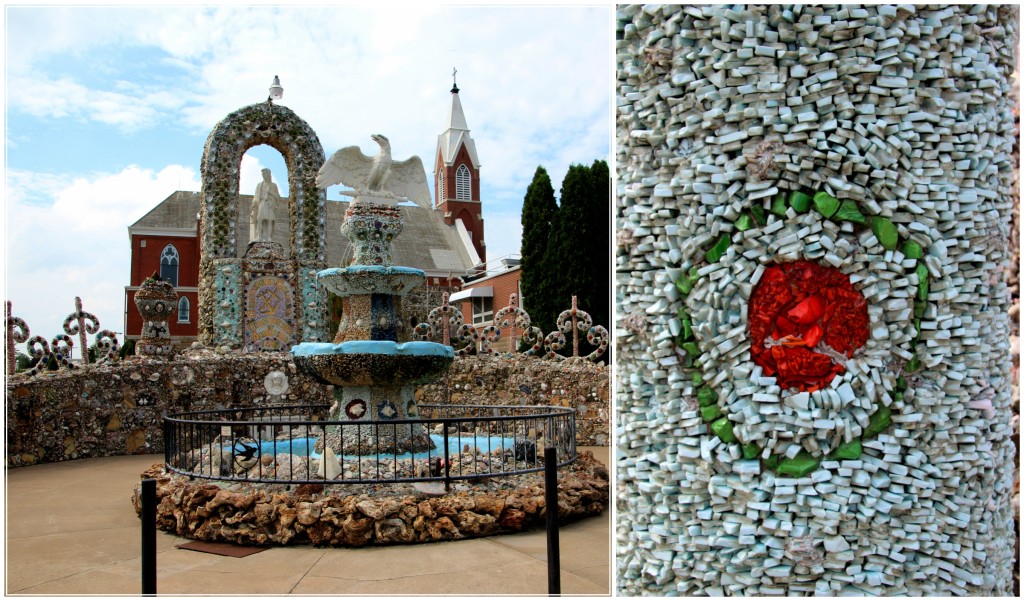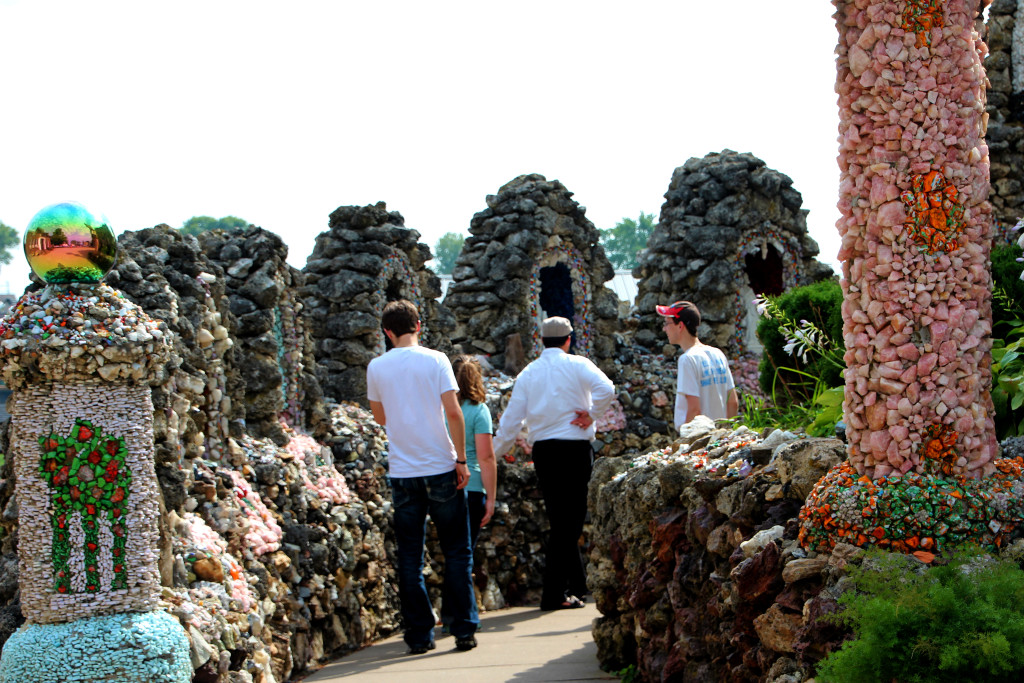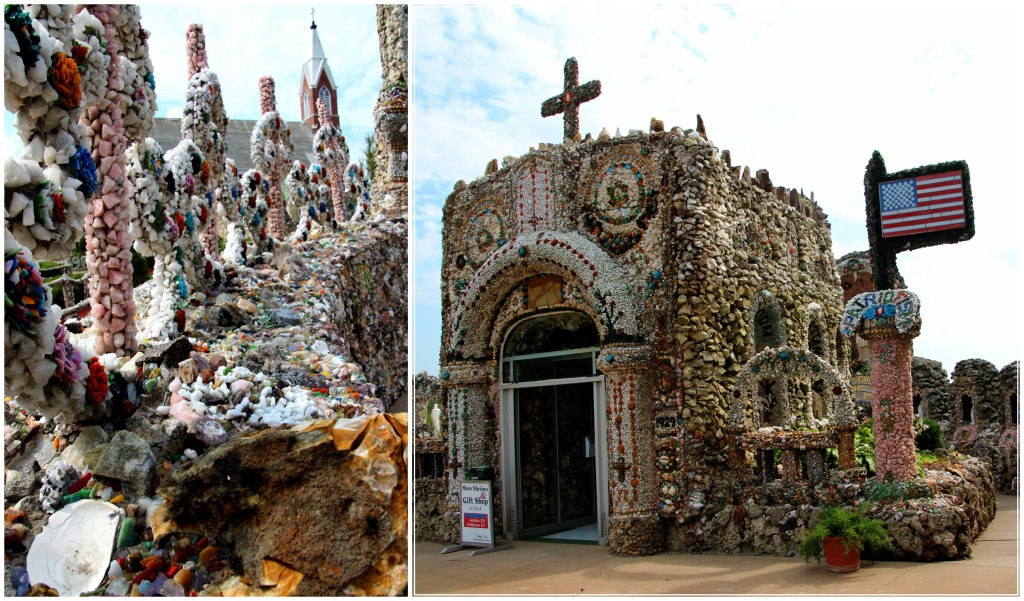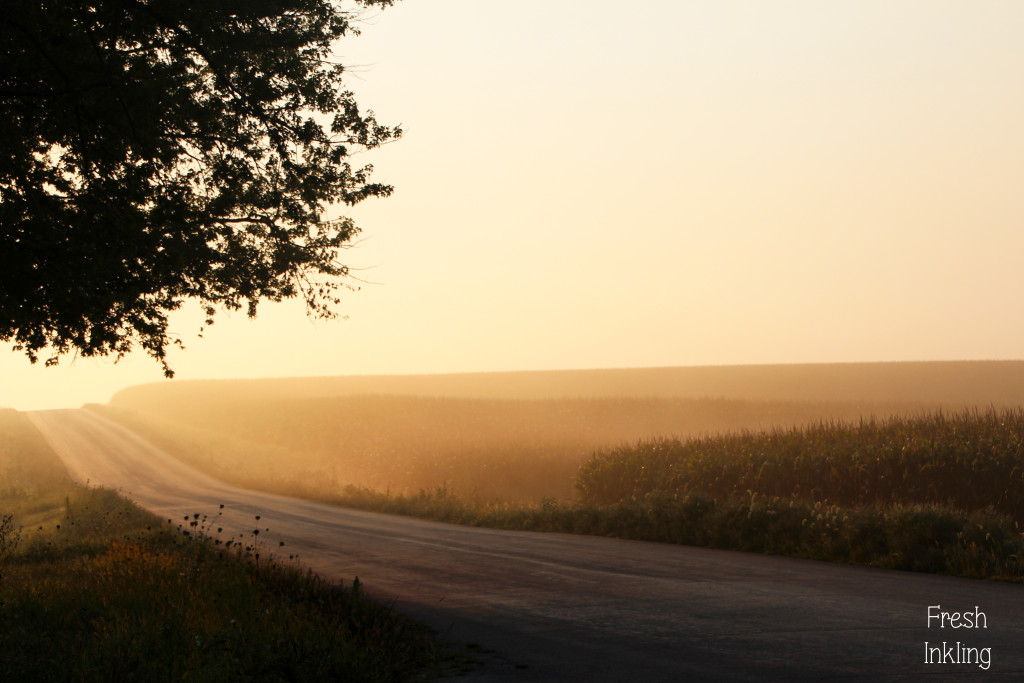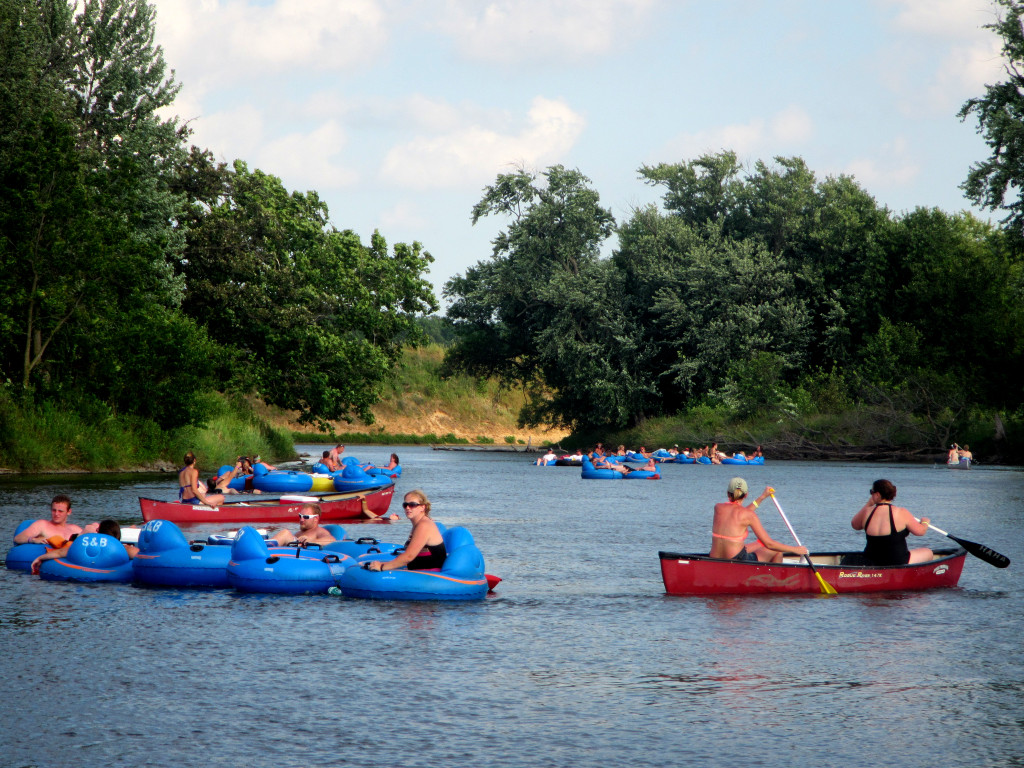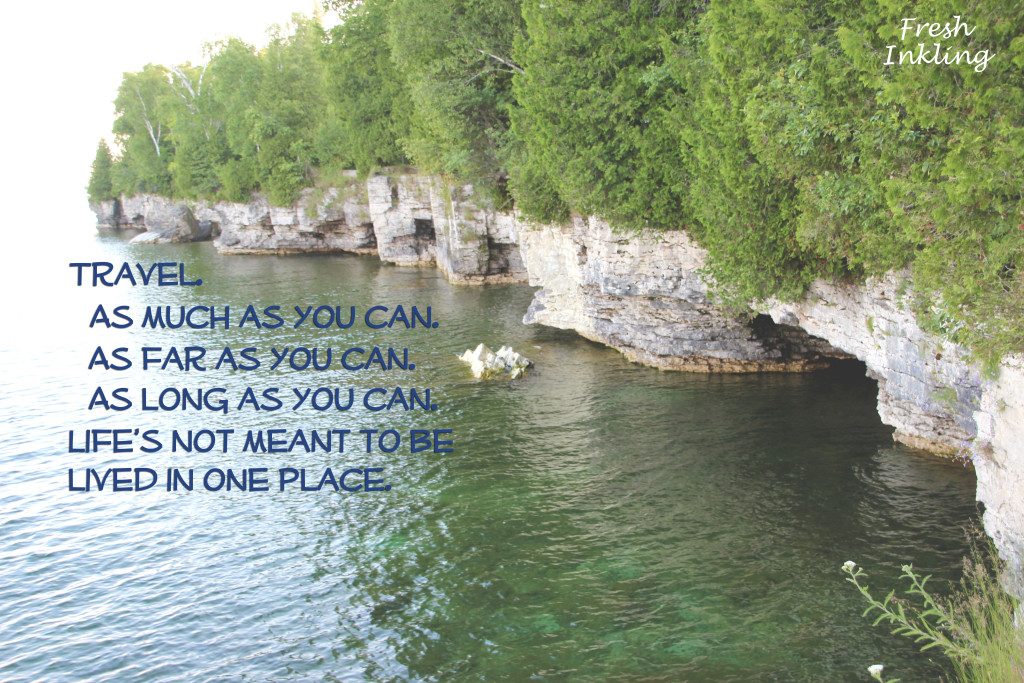By Dee Harris
Here it is, less than a week from a long-awaited vacation to visit my dad in New Mexico, and I’m nervous. It’s been a while since I’ve flown and I’m doubting what I remember from the previous experience.
I’m worried I won’t have everything, will pack something I shouldn’t or even miss my flight. So, for all of those who have done it before but still aren’t quite sure they’ve remembered everything, here’s a handy little checklist:
Pack:
-Liquids should be in 3 oz. bottles or smaller and packed in a clear plastic bag.
-Don’t forget your toothbrush, pajamas and electronic chargers. Those are the things I most commonly miss.
-Roll your outfits together to save space and ensure you have all you need for the duration of your trip. Rolling your clothes together also prevents wrinkles. Who has time to get out the iron in the hotel room while on vacation???
-You will need something to occupy your time while waiting for your flight(s). Bring something to read or a game to play, even music to listen to. People watching can be entertaining, but it can also get old. I will make sure my Kindle and iPod are charged.
Prepare:
-Print your tickets and itinerary information.
-Contact a family member or close friend and tell them when you’re leaving, where you will go and when you plan to return. Leave an emergency contact number so they can reach you if necessary.
-Don’t wait until the last minute to pack. Have your bags packed the night before except for a few essentials. You don’t need to stress out right before traveling.
-Wear comfortable clothes and shoes. Be prepared to remove sweatshirts and shoes at the security checkpoint. Slip-on shoes and zip-up sweatshirts work best for this situation. The less bothersome your apparel, the easier it is to get through the line. Avoid flip flops; do you really want your bare feet on those nasty floors?
-Research the rules and regulations for bringing items to another country or bringing items from another country. Some things just can’t cross the borders.
Travel:
-Arrive early. Plan to be at the airport several hours before your flight. I’ve read they want you there approximately three hours early. Depending on the airport, you probably don’t need that much time. Some of the smaller airports, especially when you’re not leaving the country, have fewer people to maneuver around and less space to traverse. You should at least be there an hour before your flight, although that might be cutting it.
-Have someone lined up to pick you up from the airport or have the number of the cab service or car rental company with you. If renting a vehicle, it’s best to order ahead of time and hurry to their service as soon as your flight gets in to avoid long lines and the possibility of them giving your reserved car to another. It happens, unfortunately.
Avoid:
-Do not pack a weapon of any sort. There are rules and restrictions for what is allowed and where. Avoid the hassle and just don’t bring them.
-Do not post your plans on social media. This is the best way for someone to know that you won’t be home on certain dates so they can break into your place to steal your stuff. Or it alerts people that you’ll be away and can do scams. Keep your plans quiet as much as possible.
